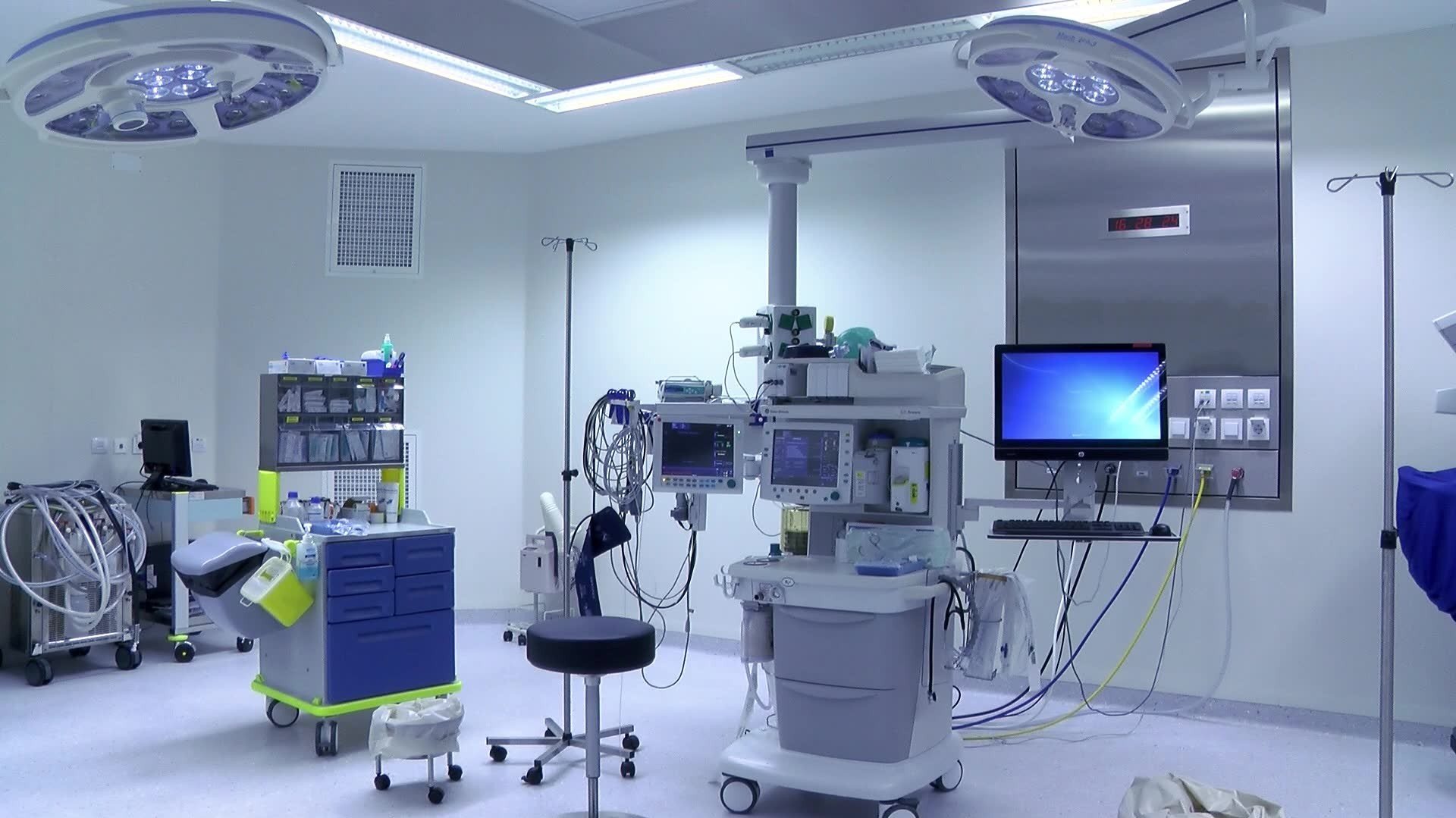The Santa Cruz Hospital carried out an innovative technique in the treatment of patients with ventricular tachycardia resistant to conventional therapies, who spend a long time hospitalized and have a “poor prognosis,” cardiologist Pedro Adragão told Lusa this Friday.
“The great advantage of focal electroporation is that it allows us to use the catheters we use daily, without increasing the cost and with great efficiency,” says the head of the Cardiology Service and director of the Interventional Arrhythmology Unit of the Hospital de Santa Cruz. , which is part of the West Lisbon Hospital Center (CHLO).
According to the specialist, electroporation began to be used at the Santa Cruz Hospital six months ago and is currently undergoing “an evolution”, that is, “treat more complex arrhythmiaswith the most appropriate tools and with energy and tend to be more effective“.
Three treatments have already been carried out with this innovative therapy. The first was to test the quality of treatment in a patient with atrial fibrillation.
“We were very impressed. The other two were to treat patients who had been waiting for this treatment for some time due to recurrent ventricular tachycardia after undergoing conventional radiofrequency ablations. One of them has already been discharged from the hospital.“, highlighted the cardiologist.
Pedro Adragão explained that “ventricular tachycardia is a arrhythmia in which the heart beats fastmany times related to scars that are in the ventricle”, the most frequent cause of these scars being that the patient has had a myocardial infarction.
“After years, this scar can lead to the appearance of very fast and life-threatening rhythms. People will feel bad and may even die suddenly, ”she stressed.
To treat these tachycardias there are several ways, the “most effective” being to try to modify the scar, through catheterization.
“The way to eliminate this tachycardia is by applying energy, currently radiofrequency ablation. This energy causes a burn and destroys muscle cells that maintain tachycardia“.
However, the technique has several limitations, namely the difficulty of penetrating the scar tissue and treating the entire heart muscle wall, thus it has a high recurrence rate: One third of patients will have tachycardia againhe said.
Focal electroporation is based on an “extremely high voltage” electric discharge and manages to obtain the same effect without thermal effect and without causing coagulation.
“It performs a necrosis similar to apoptosis (from cell aging), which better crosses the scar and has the ability to penetrate deeply into the tissues. Eventually, it may be more effective in preventing relapses,” he stressed.
According to him, the doctors are hopeful because, on the one hand, the technique “is less riskyit does not cause clots and, on the other hand, it has a capacity that is not yet fully known, but is highly expected to cause a homogeneous lesion”.
“If this is achieved, we are in an innovation that will allow a better treatment of patients, more effective and with less risk and this is very important because these patients are often hospitalized for a long time, use intensive care units and have a poor prognosis. . , with a very high mortality, ”she stressed.
Source: Observadora
